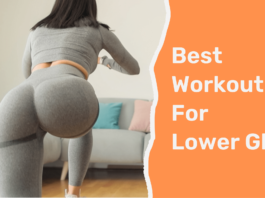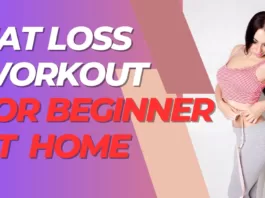The affliction of pain or inflexibility in the hip region is a recurrent ailment encountered by many individuals. A sedentary lifestyle or prolonged sitting periods are often contributing factors to the development of tight hips. This condition, if left unchecked, can result in discomfort, reduced mobility, and an overall decline in one’s standard of living. Nonetheless, various efficacious methods and exercises exist to alleviate the tightness and enhance flexibility in the hips. In this comprehensive guide, we will examine these techniques and exercises in great detail, to equip you with the knowledge required to loosen tight hips.
Understanding Tight Hips
To commence our exploration of the techniques and exercises to loosen tight hips, it is imperative to comprehend the causative agents behind this affliction. Several factors can give rise to tight hips, including but not limited to, a sedentary lifestyle, poor posture, muscle imbalances, injuries or trauma, and the aging process. Prolonged sitting can culminate in tight hip flexors, leading to stiffness and pain. Poor posture can cause imbalances in the musculature, thereby contributing to the development of tight hips. Injuries or trauma to the hip region can also provoke muscle tightness while aging can result in a reduction in flexibility.
Benefits of Releasing Tight Hips
Loosening tight hips can yield a plethora of advantages, including but not limited to, improved flexibility, decreased pain and stiffness, improved posture, heightened athletic performance, and a lowered susceptibility to injury. By releasing the tightness in your hips, you can elevate your range of motion, thus enabling you to move more fluidly and with greater comfort. A reduction in pain and stiffness can also augment your general well-being, while an improvement in posture can foster a more pleasing aesthetic and a heightened sense of confidence. For sportspeople, releasing tight hips can heighten performance levels by bolstering mobility and mitigating the probability of injury.
Techniques to Release Tight Hips
There are multiple techniques you can utilize to release tight hips, such as:
Massage
Massage treatment is an excellent method for releasing stiff hips and increasing flexibility. A competent massage therapist may use a range of methods to alleviate tension in your hips and surrounding muscles. In addition, self-massage methods, such as the use of a tennis ball, may be useful.
Stretching
One of the most effective methods for releasing hip tension is stretching. In addition to lunges and the figure-four stretch, other beneficial hip stretches include butterfly stretches and pigeon positions. It’s crucial to stretch gently and deliberately, resisting the urge to push your body over its breaking point or overexert.
Foam Rolling
Foam rolling is another great method for relieving stiff hips. With a foam roller, one can massage and stretch the hip muscles, alleviating stiffness and discomfort. The IT band roll, glute roll, and quad roll are three effective foam rolling workouts.
Heat Therapy
Applying heat is a method that can help release tightness in your hips by relaxing muscles and enhancing blood flow. You can utilize a heating pad or take a warm bath to deliver heat therapy to your hips.
Exercises to Strengthen Your Hips
Yes, that’s correct! Strengthening your hip muscles can help prevent future tightness and injury. It’s important to start with low weights and gradually increase as your strength improves. Here are some effective hip-strengthening exercises:
Squats
Deadlifts
Hip thrusts
Clamshells
Make sure to maintain proper form and technique during these exercises to avoid injury.
Conclusion
That is entirely accurate! Stretching, foam rolling, massage, heat treatment, and hip-strengthening exercises may all be added to your routine to help loosen tight hips, lessen pain and stiffness, increase range of motion, and improve your quality of life in general. It’s crucial to begin cautiously and build up your frequency and intensity as your body becomes used to the workouts and m
Follow us on our social media channels.




